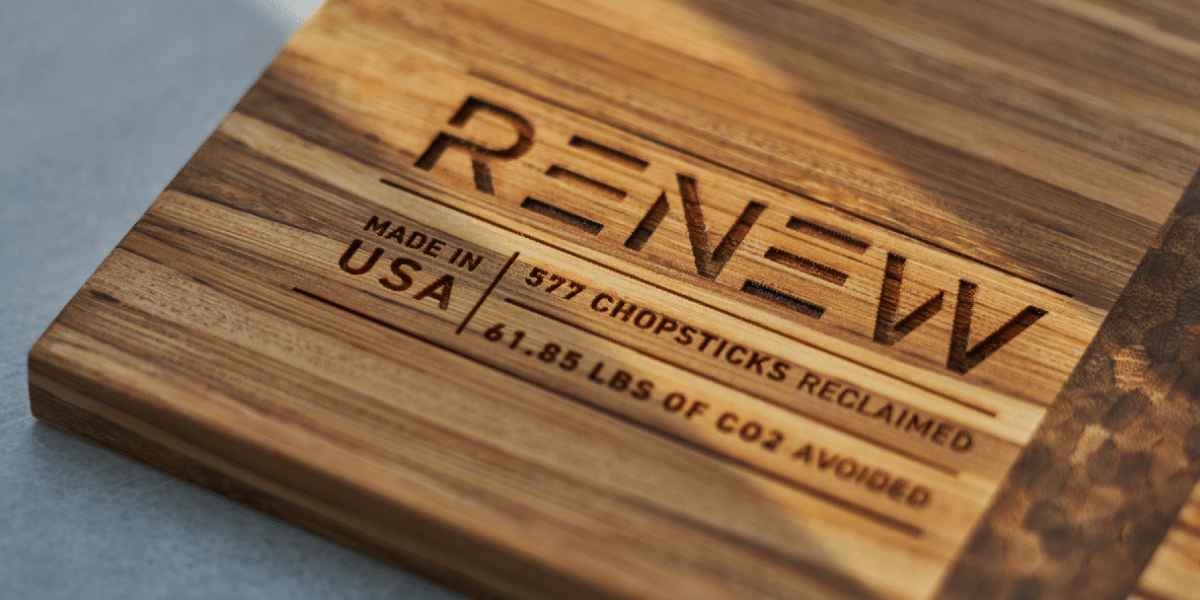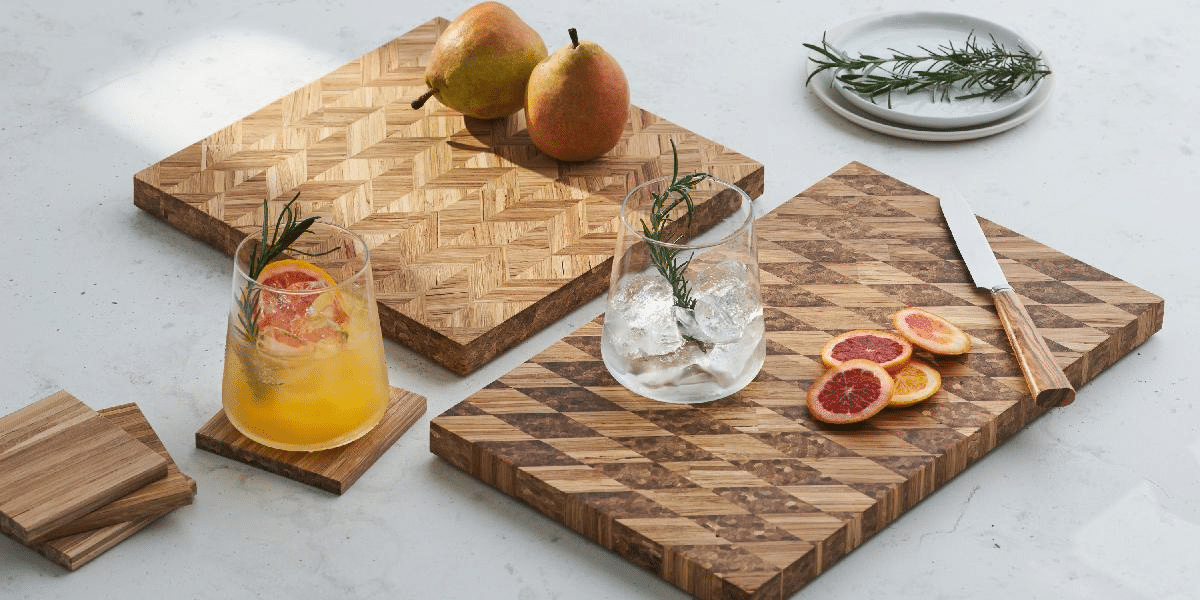By: Emily Richards
In today’s world, sustainability is more than just a buzzword—it’s a movement shaping how we live, work, and decorate our homes. With increasing awareness of the environmental impact of mass production, both consumers and companies are seeking out greener solutions, making renewable energy and upcycling the cornerstones of modern interior design. Forward-thinking brands are redefining what it means to be eco-friendly by creating furniture and kitchen products that combine style, functionality, and a commitment to the planet. Among these innovative companies, RENEW by Trinity is leading the charge by transforming discarded materials into chic, functional home décor.
Upcycling is gaining traction as a key element in the sustainability conversation, especially within the interior design industry. Unlike traditional recycling, which breaks down products into their raw materials for reuse, upcycling focuses on enhancing waste materials into new, often more valuable products. It’s an approach that not only minimizes energy consumption but also reduces the need for new resources, aligning perfectly with the principles of renewable energy. Together, upcycling and renewable energy form a powerful duo that is reshaping how we think about design and production.
Brands like RENEW by Trinity are capitalizing on this eco-conscious shift, turning everyday waste into elegant and functional furniture and kitchenware. With a growing emphasis on reducing our environmental footprint, consumers are increasingly drawn to products that embody both a sleek aesthetic and a sustainable ethos.
One of the most exciting names in this space is RENEW by Trinity, a brand that has built its identity around the concept of upcycling. While many companies focus on renewable materials or recycled plastics, RENEW has taken a different approach by repurposing an unexpected item: bamboo chopsticks. Often used once and then discarded, chopsticks contribute significantly to global waste. RENEW by Trinity saw this as an opportunity to transform what is typically considered trash into something valuable.
“We believe in the power of upcycling to not only reduce waste but also to create products that people will love and use every day,” says Cze-Chao Tam, CEO of RENEW by Trinity. “By turning something as simple as chopsticks into home goods, we’re redefining how we think about waste and interior design.”
The process begins with collecting used bamboo chopsticks from restaurants across North America. These chopsticks are then taken to RENEW’s Texas-based facility, where they undergo a thorough cleaning and sanitizing process. After being pressed into durable panels, the chopsticks are transformed into a variety of home products, including tables, serving boards, and shelving units. This upcycling model not only diverts waste from landfills but also conserves energy by utilizing existing materials instead of creating new ones.

RENEW by Trinity has crafted a diverse range of products that showcase the potential of upcycling. One of their standout items is the Gather + Graze Serving Board, made from 265 reclaimed chopsticks. This minimalist piece serves as a functional yet stylish addition to any kitchen, embodying the brand’s mission to blend sustainability with modern design. Another popular product is the Chit Chat Coffee Table, which uses hundreds of chopsticks to create a sleek, contemporary look perfect for any living space.
These products are more than just décor—they’re statements about the importance of sustainability. Each piece is engraved with the number of chopsticks used in its creation, giving consumers a tangible sense of the impact their purchase is making. By choosing upcycled products, consumers are not only reducing their environmental footprint but also supporting a new way of thinking about waste and interior design.
The success of companies like RENEW by Trinity reflects a broader shift in consumer preferences. Today’s buyers are increasingly interested in products that align with their values, particularly when it comes to sustainability. They’re looking for items that not only serve a functional purpose in their homes but also contribute to the global effort to reduce waste and conserve resources. Upcycled products like those offered by RENEW fit seamlessly into this growing market, offering a blend of eco-friendliness and style that appeals to modern consumers.
Incorporating upcycled furniture and kitchenware into home design is becoming a trend not just for its sustainability but also for its unique aesthetic. Each product tells a story of transformation, making it a conversation piece in addition to being a functional part of the home. As more people seek to incorporate eco-friendly practices into their daily lives, brands like RENEW by Trinity are perfectly positioned to lead the market with their innovative approach to upcycling.
Looking ahead, the integration of renewable energy and upcycling in the production of home goods is set to become even more significant. As consumers become more environmentally conscious, they are likely to demand more from the brands they support. This means seeking out companies that not only talk about sustainability but also actively demonstrate it through their products and practices.
RENEW by Trinity is already exploring ways to expand its upcycling efforts, considering other materials that can be repurposed into functional home goods. By focusing on waste reduction and renewable practices, the brand aims to inspire others in the industry to rethink how products are made and consumed.
“We’re committed to finding new ways to turn waste into something valuable,” says Tam. “Our mission goes beyond just making beautiful products; it’s about challenging the traditional ways of production and consumption to create a more sustainable future.”
The rise of upcycling in interior design and kitchen products is more than just a fleeting trend—it represents a fundamental change in how we approach sustainability and consumption. Brands like RENEW by Trinity are leading this movement, proving that style, function, and environmental responsibility can coexist in harmony. By transforming used chopsticks into sleek, modern furniture and décor, RENEW is showing the world that waste can indeed become a resource, shaping a future where sustainability is not just an option but a standard in home design.
Published by: Nelly Chavez
















